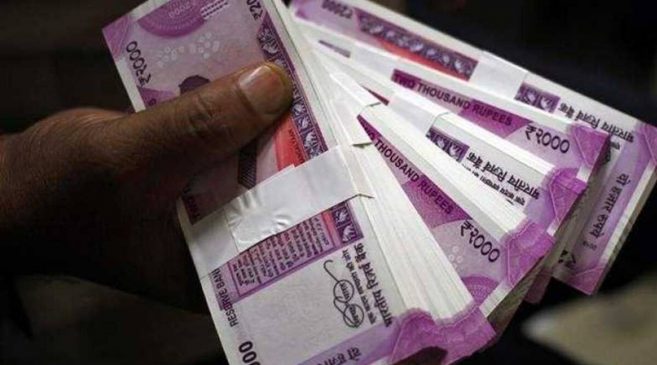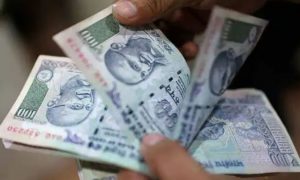Reserve Bank of India’s new mechanism for settling international trade in Indian currency is a significant step toward internationalizing the rupee in the long run, said Pradeep Multani, President, PHD Chamber of Commerce and Industry.
New Delhi: The Reserve Bank has in its latest circular asked banks to put in place additional arrangements for export and import transactions in Indian rupees in view of increasing interest of the global trading community in the domestic currency.
“In order to promote growth of global trade with emphasis on exports from India and to support the increasing interest of global trading community in INR, it has been decided to put in place an additional arrangement for invoicing, payment, and settlement of exports / imports in INR. Before putting in place this mechanism, AD banks shall require prior approval from the Foreign Exchange Department of Reserve Bank of India, Central Office at Mumbai,” the RBI had said in its July 11, 2022 notification.
Pradeep Multani, President, PHD Chamber of Commerce and Industry, in an exclusive discussion with Reema Sharma of Zee Media, shared his views on the RBI measures for international trade settlement in Rupees.
“At a critical juncture when the rupee is at its weakest, the Reserve Bank of India’s new mechanism for settling international trade in Indian currency is a significant step toward internationalizing the rupee in the long run. Furthermore, currency internationalization is a gradual process, and the RBI appears to have taken their first major step in this direction,” Multani said.
Read More: Adani Ports, Gadot Win Bid to Buy Israel’s Haifa Port For $1.18 Billion
Multani added that the RBI’s actions come as the Indian rupee hits a new low against the dollar almost every day in the aftermath of Russia’s invasion of Ukraine. Following Russia’s attack on Ukraine, several countries imposed sanctions on Moscow, limiting Moscow’s ability to fund the war. The US has cut off Russia’s access to the dollar, pushing Indian companies to take advantage of the lower Russian commodity prices to consider alternative modes of payment for imports.
“The internationalization of the rupee lowers the transaction costs of cross-border trade and investment operations by mitigating exchange rate risk, but it makes pursuing both exchange rate stability and a domestically oriented monetary policy more difficult, unless supported by large and deep domestic financial markets capable of effectively absorbing external shocks. This step toward settling international trade in rupees could help the rupee’s share of global transactions. A rise in demand for the rupee on a global scale would reduce demand for dollars in the long run. This would eventually reduce large-scale depreciation pressures on the rupee and help preserve forex reserves and would also reduce the rupee’s currency risk,” says Multani.
The PHDCCI Chairman exudes confidence that if this mechanism is implemented on a larger scale in the long run, it will result in the rupee’s internationalization or the adoption of full capital account convertibility.
“A capital account records the flow of capital between two countries through investments and loans. A fully convertible capital account means that there are no limits on the amount of rupees that can be converted into foreign currency to purchase an asset abroad,” he said.
Calling the decision to allow international trade in national currencies is a milestone event, he said, “The implementation of these measures will take time, and the benefits will most likely be felt in the coming years.”





































